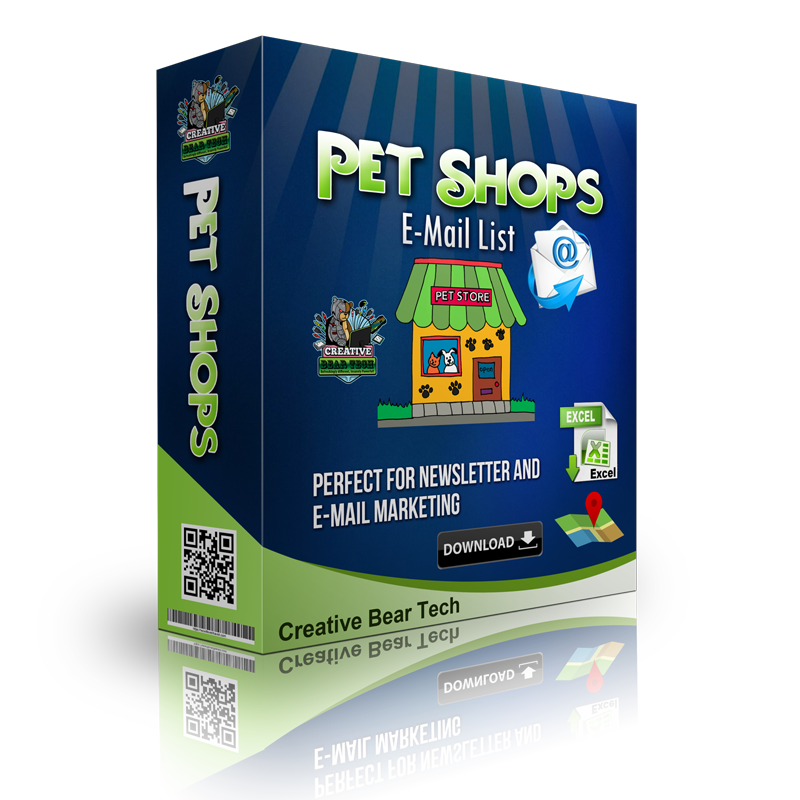The experts guide to email marketing
The essential guide to b2b email marketing? How often do you email your subscribers? Depending on the preferences of your subscribers, you may be sending too many or too few emails to keep them engaged with your brand. How many emails you send will largely depend on what you’re hoping to accomplish with your email marketing strategy. If you want to increase website traffic, more emails will do the trick. If you want to increase open rates on the other hand, sending more emails might have the opposite effect. We recommend testing different email frequencies with your audience to see what they best respond to. You could also let subscribers choose their own email frequency if your email marketing service supports it. You could include a selection for email frequency on your opt-in form to segment them from the start or send an email blast to your list to ask them to self-segment based on how often they want to hear from your brand. Remember that you’ll need to create different email campaigns for different frequencies.
If you’re entirely new to email marketing, we suggest you start with our guide to email marketing before coming back and implementing these email marketing tips to increase open rates. If you’re familiar with email marketing already, let’s get started off on the same page with a quick definition of what an email open rate actually is and what a typical open rate looks like. What Is an Email Open Rate? An open rate in email marketing is the percentage of the total times your email campaign was opened by subscribers. This is a pretty simple formula: Email open rates are often shown with other email marketing metrics like click-through rates, bounce rates, and unsubscribe rates, but open rates are a pretty important starting point for understanding how your email marketing campaigns are performing and where they can be improved. If you have a low email open rate, for instance, you can then test your subject lines, sender name, or any number of other details that might impact your campaign performance. You might also take a look at how often you’re sending emails to make sure you’re not overwhelming your subscribers.
Pay-per-click is a model of advertising where marketers pay a fee every time people click on their ad. Basically, it’s the process of buying visits to your site, as opposed to getting them organically via SEO or other types of digital marketing. PPC is one of the types of paid search. It’s similar to SEM (search engine marketing) but can also include display advertising (cost-per-click based), and affiliate advertising. Affiliate marketing is one of the popular ways people make money online these days. If your affiliate program is successful, you might earn quite a decent passive income. Basically, affiliate marketing is a type of digital marketing where a person partners up with other businesses in order to receive a commission for the traffic s/he generates for this business. Imagine this: you put a link to an external website on your own blog or website. Every time a user proceeds to this external website and makes a purchase, you receive a commission. Find extra info on https://cbtemailextractor.com/blog/3-common-myths-about-gdpr-and-b2b-data/.
Typically, each SMTP account will have email sending restrictions and daily limits. Adding multiple SMTP accounts will help you to rotate between every SMTP account which will help you to increase your overall success and inbox rate. SMTP rotation will also reduce the risk of blacklists and complaints. CBT Mass Mailer Software will allow you to either import SMTP accounts via a file upload or you can enter them manually into an input box.

One thing is sure, local SEO is not that same as normal SEO, but where and how to start? What is Local SEO for? Local SEO is an act of optimizing your local business website so that you are found for the local searches in Google that are most relevant to your business. Even a more relevant question would be, what is local SEO actually? Local SEO is all about optimizing your website to rank better for local customers. It’s an effective way to market your business online. But how? How does local SEO help? It works by promoting your products/services to the local audience at the same time when they are looking for them online.
Email continues to be one the best ways to reach out to your customers and potential leads alike. There are several benefits to planning out the perfect email marketing strategy for your business: Email marketing allows you to segment your customers into different lists based on their preferences to send highly personalized content. From crafting the perfect subject line to images that resonate with your customer, and valuable content that helps your audience, email is the perfect channel to drive engagement. Adjust your messaging for different audiences so your emails are always engaging. Ignore the impulse to push for a hard sell too early in the process. Cultivate a strong foundation of trust between your brand and the recipient first, and create a bond with your customer than can grow over time. Find even more details on B2B Email Marketing Guide.
